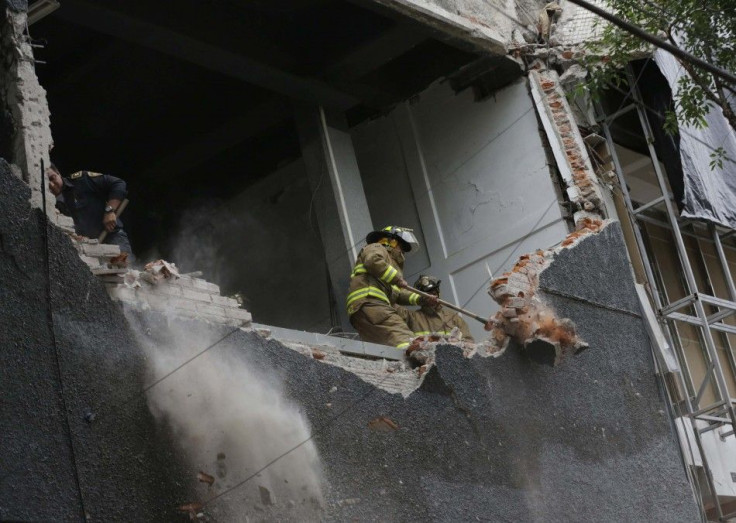7.1-magnitude Quake Strikes Off South Atlantic Ocean; No Tsunami Alert Raised

A 7.1 magnitude earthquake struck off near the uninhabited islands of the South Sandwich Islands far off South America in the South Atlantic Ocean early Sunday, the US Geological Survey said.
The quake's epicentre was located 152 kilometres (94 miles) northwest of Visokoi Island, and 1,968 kilometres (1220) miles east-southeast of Stanley, the main city on the Falkland Islands, the USGS said.
Visokoi Island is an uninhabited island in the Traversay Islands group of the South Sandwich Islands. The island got its name Visokoi ("high") because of its conspicuous height. It was discovered in 1819 by a Russian expedition. The island is 7.2 km (4.5 miles) long and 4.8 km (3 miles) wide. Its highest peak is Mount Hodson, a volcanic peak, at 915 m (3,002 ft)
Sunday's temblor had a depth of 16.5 kilometres (10.3 miles). It was followed by two moderate aftershocks, the first about 30 minutes later and the next at 4.5 hours later. All aftershocks measured 5.1 magnitude.
There might have been a "small possibility" of a local or regional tsunami that could have affected the South Sandwich Islands, but the Pacific Tsunami Warning Center did not issue a major tsunami alert, noting no unusual waves were detected in the following hours.
There are 11 mostly volcanic islands found on the South Sandwich Islands. The Traversay Islands and Candlemas Islands groups comprise the northernmost part of the South Sandwich Islands, Southern Thule make up the southernmost. Saunders, Montagu and Bristol, the three largest islands, lie between the two. The Islands' highest point is Mount Belinda (1,370 m or 4,495 ft) on Montagu Island.





















